

Articles
Why Is My AC In My Car Blowing Hot Air
Modified: January 19, 2024
Discover articles that explain why the AC in your car is blowing hot air. Get expert insights and troubleshooting tips to fix the issue.
(Many of the links in this article redirect to a specific reviewed product. Your purchase of these products through affiliate links helps to generate commission for Storables.com, at no extra cost. Learn more)
Introduction
The feeling of stepping into a hot, stuffy car on a scorching summer day can be unbearable. You turn on the air conditioning, eagerly awaiting the blast of cool air to provide some much-needed relief. But to your dismay, all you get is hot air blowing out of the vents. What could be causing this frustrating problem?
There are a multitude of reasons why your car’s AC system may be blowing hot air instead of the refreshingly cool air you desire. Understanding these causes can help you troubleshoot the issue and get your AC system back in working order.
In this article, we will explore the possible causes of why your AC in your car is blowing hot air and provide some guidance on how to fix it. So, let’s dive in and discover the reasons behind this common automotive annoyance.
Key Takeaways:
- Regular maintenance and prompt repairs are crucial for restoring cool air flow in your car’s AC system. Address issues such as low refrigerant levels, faulty compressors, and clogged air filters to ensure optimal performance.
- Seek professional assistance for complex AC system repairs. Technicians have the expertise and tools to accurately diagnose and fix issues, ensuring that your car’s AC blows cool and comfortable air, especially during hot weather.
Possible Causes of AC Blowing Hot Air
When your car’s AC system is blowing hot air instead of cool air, it can be frustrating and uncomfortable, especially during the hot summer months. Here are some possible causes of this issue:
- Low Refrigerant Level: One of the most common reasons for hot air coming from the AC system is a low refrigerant level. Refrigerant is responsible for cooling the air that flows through the system. If the refrigerant level is low, the AC system won’t be able to produce cold air effectively.
- Faulty Compressor: The compressor plays a vital role in the AC system by compressing the refrigerant so that it can cool the air. If the compressor is faulty or not functioning properly, it may result in the AC blowing hot air.
- Clogged Air Filters: Air filters in the AC system can become clogged over time with dirt, dust, and debris. When this happens, the airflow can be restricted, causing the AC system to produce hot air instead of cold air.
- Issues with the Cooling Fan: The cooling fan helps to dissipate heat from the condenser, allowing the AC system to cool the air effectively. If the cooling fan is malfunctioning or not working at all, it can lead to hot air being blown into the car.
- Problems with the Thermostat: The thermostat regulates the temperature control of the AC system. If the thermostat is faulty or not calibrated correctly, it can cause the AC to blow hot air instead of cool air.
- Malfunctioning Blend Door Actuator: The blend door actuator controls the direction of the airflow in the AC system. If the actuator is malfunctioning, it may prevent cold air from being directed into the car, resulting in hot air being blown out.
- Electrical or Wiring Problems: Electrical issues or wiring problems can disrupt the functionality of the AC system, causing it to blow hot air. Loose connections, blown fuses, or damaged wiring can all contribute to this problem.
- Leaks in the AC System: The AC system relies on a closed-loop system to function properly. If there are leaks in the system, refrigerant may escape, resulting in a low refrigerant level and hot air being blown out of the vents.
These are just a few possible causes of why your car’s AC system might be blowing hot air instead of cool air. Now that we have identified some of the potential issues, let’s explore how to fix the problem in the next section.
Low Refrigerant Level
One of the most common causes for the AC in your car blowing hot air is a low refrigerant level. Refrigerant is the substance responsible for absorbing heat from the air and cooling it down before it is blown into the car’s interior.
If the refrigerant level is low, it means that there is not enough of this cooling agent to effectively chill the air. This can be caused by a leak in the system, as refrigerant is not consumed over time and should remain at a consistent level.
To fix a low refrigerant level, you will need to have your AC system serviced and recharged by a professional technician. They will be able to identify and repair any leaks in the system and then refill the refrigerant to the appropriate level. It is important to address this issue promptly, as running an AC system with low refrigerant can put unnecessary strain on the compressor, leading to further damage.
In some cases, the low refrigerant level may be due to a faulty component, such as a leaking hose or a damaged condenser. It is crucial to have a thorough inspection of the entire AC system to identify and address any underlying issues that may be causing the leak.
Remember, refrigerant is a harmful substance that should only be handled by certified professionals. Attempting to recharge the refrigerant on your own can not only be dangerous but can jeopardize the performance and longevity of your AC system. It is always best to leave this task to experienced technicians who are equipped with the proper tools and knowledge to handle refrigerant safely and effectively.
Regular maintenance and inspections of your AC system can help identify and address low refrigerant levels before they become a major issue. If you notice that your AC is not cooling as effectively as it used to or if you detect any signs of a refrigerant leak, such as a hissing sound or an oily residue around AC components, it is essential to seek professional assistance promptly.
Faulty Compressor
The compressor plays a crucial role in the AC system’s cooling process. Its main function is to compress the refrigerant gas, increasing its pressure and temperature so that it can release heat to the outside environment. A faulty compressor can result in the AC blowing hot air instead of cool air.
There are several reasons why a compressor may become faulty. It could be due to normal wear and tear over time, electrical issues, or a refrigerant leak. If the compressor is not functioning correctly, it may not be able to adequately compress the refrigerant, leading to a lack of cooling capacity.
One common sign of a faulty compressor is unusual noises coming from the AC system, such as clunking, squealing, or grinding sounds. These noises may indicate a mechanical problem within the compressor. Another symptom is a lack of cool air or inconsistent cooling performance.
If you suspect that your compressor is faulty, it is essential to consult a professional technician for a thorough inspection and diagnosis. They will be able to determine if the compressor needs to be repaired or replaced.
In some cases, a faulty compressor can be repaired. The technician may need to replace certain components or fix any electrical issues that are causing the problem. However, if the damage is severe or the compressor is too old, it may be necessary to replace it entirely.
Compressor replacement can be a significant investment, but it is essential for restoring the proper functioning of your AC system. A new compressor will provide reliable cooling performance and help prevent further issues down the line.
To avoid compressor issues and prolong its lifespan, it is crucial to have regular maintenance performed on your AC system. This includes checking the refrigerant levels, inspecting the compressor for any signs of wear or damage, and addressing any potential issues before they worsen.
Remember, attempting to repair or replace a faulty compressor yourself can be dangerous and may cause further damage to your AC system. It is always recommended to leave such tasks to qualified professionals who have the expertise and experience to handle compressor-related issues safely and effectively.
Clogged Air Filters
The air filters in your car’s AC system play a crucial role in keeping the air clean and free from dust, pollen, and other particulates. Over time, these filters can become clogged with dirt and debris, restricting the airflow and hindering the cooling performance of the AC system.
When the air filters are clogged, the restricted airflow can prevent the cold air from reaching the vents properly, resulting in hot air being blown into the car. This issue is more common in areas with high levels of air pollution or if the car is driven on dusty roads frequently.
Thankfully, solving this problem is relatively straightforward. You can start by locating the air filters, which are typically located behind the glove compartment or under the hood. Consult your car’s manual for specific instructions on how to access and replace the air filters.
Once you have accessed the air filters, visually inspect them for any signs of dirt, dust, or debris. If they are visibly dirty or clogged, it is time to replace them. Most air filters are disposable and can be easily replaced with new ones that you can purchase from an auto parts store.
When replacing the air filters, ensure that you install them correctly, following the manufacturer’s instructions. It is essential to use the appropriate size and type of filters for your car’s AC system. Installing the wrong filters can lead to improper airflow and reduced cooling efficiency.
Regularly replacing the air filters in your AC system is essential for maintaining optimal performance and preventing the buildup of dirt and debris. It is recommended to replace the air filters every 12,000 to 15,000 miles or as indicated by your car manufacturer’s maintenance schedule.
In addition to replacing the air filters, it is also a good idea to periodically clean the vents and ducts to remove any accumulated dust or debris. This can help ensure proper airflow and prevent future clogging issues.
By regularly maintaining and replacing the air filters in your car’s AC system, you can enjoy clean and cool air flowing through your vents, rather than hot and stuffy air. If you are unsure about how to access or replace the air filters, it is best to consult a professional technician who can assist you in properly maintaining your AC system.
Read more: Why Is My Car AC Not Blowing Cold Air
Issues with the Cooling Fan
The cooling fan in your car’s AC system plays a crucial role in dissipating heat from the condenser, allowing the refrigerant to cool down before it is circulated back into the system. If there are issues with the cooling fan, it can result in the AC blowing hot air instead of cool air.
There are a few potential problems that can affect the functionality of the cooling fan:
- Fan Motor Failure: The motor that powers the cooling fan may become faulty or burn out over time. This can prevent the fan from spinning, resulting in inadequate heat dissipation and hot air being blown into the car.
- Electrical Issues: Wiring problems or electrical faults can disrupt the power supply to the cooling fan, causing it to malfunction or stop working altogether. This can lead to insufficient cooling and hot air being produced.
- Temperature Sensor Malfunction: The cooling fan is typically activated by a temperature sensor that detects when the AC system needs extra cooling. If the temperature sensor is faulty or not functioning correctly, it may not trigger the fan to turn on when necessary, resulting in hot air being blown into the car.
- Obstructions or Damage: Debris, such as leaves, dirt, or small objects, can sometimes get lodged in the fan blades or interfere with its operation. Additionally, if the fan blades are damaged or bent, it can affect the airflow and hinder proper cooling.
If you suspect that there are issues with the cooling fan, it is crucial to have the AC system inspected by a professional technician. They will be able to diagnose the specific problem and recommend the appropriate course of action.
In some cases, the cooling fan motor may need to be replaced if it is defective or burnt out. The technician will ensure that the new fan motor is compatible with your car’s AC system and install it correctly.
If the issue lies with electrical problems or a malfunctioning temperature sensor, the technician will be able to identify and address the underlying cause. This may involve repairing or replacing wiring, connectors, or sensors.
In the case of obstructions or damage to the fan blades, the technician will clean out any debris and assess the condition of the blades. If necessary, they may straighten bent blades or recommend replacing the fan entirely.
Regular maintenance of the cooling fan, such as cleaning it of debris, can help prevent issues and ensure its optimal functioning. It is also advisable to have the AC system inspected regularly to catch any potential cooling fan problems early on.
By addressing issues with the cooling fan promptly, you can restore the proper cooling performance of your AC system and enjoy cool air flowing into your car’s interior.
Check your car’s refrigerant levels. Low refrigerant can cause the AC to blow hot air. Have a professional inspect and recharge the system if needed.
Problems with the Thermostat
The thermostat is a crucial component of your car’s AC system, responsible for regulating the temperature control. When there are problems with the thermostat, it can result in the AC blowing hot air instead of cool air.
There are a few potential issues that can affect the functionality of the thermostat:
- Calibration Issues: Over time, the thermostat may become misaligned or lose its calibration. This can cause it to inaccurately detect the temperature and result in incorrect cooling settings. As a result, the AC system may not produce cool air even when it is needed.
- Electrical Problems: Wiring issues or electrical faults can disrupt the signals being sent to the thermostat, preventing it from functioning correctly. This can lead to the AC system not receiving the necessary instructions to produce cool air.
- Internal Malfunction: Like any mechanical component, the thermostat can experience internal malfunctions or failures. This can prevent it from sending the appropriate signals to the AC system, resulting in hot air being blown into the car.
- Sensor Damage: The thermostat relies on sensors to detect the temperature and adjust the cooling settings accordingly. If these sensors become damaged or faulty, the thermostat may not be able to accurately determine the temperature, leading to cooling issues.
If you suspect problems with the thermostat, it is advisable to have your car’s AC system inspected by a professional technician. They will be able to diagnose the specific issue and recommend the appropriate course of action.
In some cases, thermostat calibration issues can be resolved by recalibrating or adjusting the thermostat settings. The technician will ensure that the settings are properly calibrated to provide the desired cooling temperature.
If there are electrical problems, the technician will carefully inspect the wiring and connections to identify and repair any faults. It may be necessary to replace damaged wires or connectors to restore proper functionality.
In the event of an internal malfunction or sensor damage, the thermostat may need to be replaced. The technician will ensure that the new thermostat is compatible with your car’s AC system and install it correctly.
Regular maintenance and inspections of the thermostat can help catch potential issues early on and prevent them from escalating. It is also important to pay attention to any signs of thermostat problems, such as inconsistent cooling or incorrect temperature readings.
By addressing problems with the thermostat promptly, you can ensure that your AC system functions properly, allowing for cool air to be blown into your car’s interior as desired.
Malfunctioning Blend Door Actuator
The blend door actuator is a key component in your car’s AC system that controls the direction of the airflow and the temperature mix of the air. When the blend door actuator malfunctions, it can result in the AC blowing hot air instead of cool air.
The blend door actuator is responsible for directing the airflow to the appropriate vents, such as the dash vents, floor vents, or windshield vents, based on the settings selected by the driver. It also controls the blending of hot and cold air to achieve the desired temperature.
There are a few potential issues that can lead to a malfunctioning blend door actuator:
- Motor Failure: The blend door actuator relies on a small electric motor to control its movement. If the motor fails or becomes faulty, the actuator may not be able to properly adjust the airflow or temperature mix, resulting in hot air being blown into the car.
- Stuck or Jammed Door: The blend door itself can become stuck or jammed due to debris, ice, or mechanical issues. This can prevent the door from moving freely, leading to the incorrect airflow direction or temperature mix.
- Electronic Control Issues: The blend door actuator is controlled by electronic signals from the AC control panel. If there are problems with the electronic control circuits, such as faulty wiring or a malfunctioning control panel, it can disrupt the operation of the actuator and cause cooling issues.
- Internal Breakage: Over time, the internal components of the blend door actuator can wear out or break, affecting its functionality. This can result in the actuator being unable to properly adjust the airflow or temperature as intended.
If you suspect an issue with the blend door actuator, it is recommended to have your car’s AC system inspected by a professional technician. They will be able to diagnose the specific problem and recommend the appropriate solution.
In some cases, a malfunctioning motor in the blend door actuator can be replaced, allowing for proper movement and control. The technician will ensure that the new motor is compatible with the actuator and install it correctly.
If the problem lies with a stuck or jammed door, the technician will carefully inspect and clean the affected area to remove any obstructions. They may also lubricate the moving parts to ensure smooth operation. In more severe cases, the blend door itself may need to be replaced.
If there are electronic control issues, the technician will inspect the wiring and control circuits to identify and repair any faults. This may involve replacing damaged wires or connectors, or addressing problems with the control panel.
In the event of internal breakage, the blend door actuator may need to be replaced entirely. The technician will ensure that the new actuator is compatible with your car’s AC system and install it properly.
Regular maintenance and inspections of the blend door actuator can help prevent issues and ensure its optimal functioning. Having your AC system checked periodically can help identify and address any potential blend door actuator problems before they worsen.
By resolving issues with the blend door actuator, you can restore proper airflow direction and temperature control in your car’s AC system, ensuring that cool air is blown into the car as intended.
Electrical or Wiring Problems
Electrical issues or wiring problems can disrupt the functionality of your car’s AC system and lead to the blowing of hot air instead of cool air. The electrical components and wiring play a crucial role in the operation of the AC system, and any faults or malfunctions can negatively impact its performance.
There are several potential electrical or wiring problems that can occur:
- Loose Connections: Over time, the electrical connections within the AC system can become loose due to vibrations or other factors. Loose connections can cause interruptions in the power supply and prevent the AC system from functioning properly, resulting in hot air being blown into the car.
- Faulty Relays or Switches: Relays and switches are responsible for controlling the various components of the AC system. If these components develop faults or fail, it can disrupt the power flow and lead to AC malfunctions.
- Blown Fuses: Fuses protect the AC system by interrupting the power flow in the event of an electrical overload or short circuit. If a fuse related to the AC system blows, it can result in a complete loss of power or partial functionality, causing the AC to blow hot air.
- Damaged Wiring: Physical damage to the wiring, such as frayed or broken wires, can impact the flow of electricity within the AC system. This can lead to intermittent power supply or complete failure of certain components, resulting in hot air instead of cool air.
- Corrosion: Corrosion can occur on electrical terminals and connectors, especially in humid or moisture-prone environments. Rust or corrosion can disrupt the electrical connection and prevent the proper functioning of the AC system.
If you suspect electrical or wiring problems in your AC system, it is crucial to seek the assistance of a professional technician. They have the expertise and tools to diagnose and repair these types of issues safely and effectively.
The technician will conduct a thorough inspection of the electrical components and wiring to identify any loose connections, damaged wires, or faulty relays or switches. They may use specialized tools such as multimeters to test the electrical conductivity and identify any problems.
If loose connections are found, the technician will secure them to ensure a reliable power supply to the AC system. Faulty relays or switches may need to be replaced to restore proper functionality.
If a blown fuse is the culprit, the technician will replace the fuse with a new one of the appropriate rating. However, it is important to note that a blown fuse may be a symptom of an underlying electrical issue, so it is essential to have the system inspected to prevent further fuse failures.
In the case of damaged wiring, the technician will repair or replace the affected wires to restore the proper flow of electricity. They may also address any corrosion issues by cleaning or replacing corroded terminals or connectors.
Regular maintenance and inspections of the electrical components and wiring can help detect issues early on and prevent major malfunctions. It is also recommended to address any electrical problems promptly to avoid further damage to the AC system.
By resolving electrical or wiring problems, you can restore the proper functioning of your car’s AC system, allowing for cool air to be blown into the car as intended.
Read more: Why Is The AC Blowing Hot Air
Leaks in the AC System
One of the common causes of the AC in your car blowing hot air is the presence of leaks in the AC system. The AC system relies on a closed-loop system to effectively cool the air before it is blown into the car’s interior. When there are leaks in the system, the refrigerant, which is responsible for cooling the air, can escape, resulting in a reduced cooling capacity.
There are several potential sources of leaks in the AC system:
- Leaking Hoses or Connections: The AC system contains hoses and connections that can develop leaks over time due to wear and tear or vibration. These leaks can result in refrigerant escaping from the system, leading to decreased cooling performance.
- Corroded or Damaged Condenser: The condenser is a vital component of the AC system that releases heat from the refrigerant, allowing it to cool down. If the condenser becomes corroded or damaged, it may develop leaks, compromising the efficiency and effectiveness of the AC system.
- Cracked or Perished O-rings or Seals: O-rings and seals are used throughout the AC system to prevent leaks at connections, joints, and components. Over time, these rubber seals can become cracked or perished, allowing refrigerant to escape and resulting in a loss of cooling capacity.
- Malfunctioning Evaporator Coil: The evaporator coil is responsible for absorbing heat from the air, cooling it down, and then circulating the cool air into the car. If the evaporator coil develops leaks, it can lead to a decrease in refrigerant levels and reduced cooling performance.
- Accidental Damage: Accidental damage, such as impacts or collisions, can cause leaks in the AC system. If any components or connections are damaged, it is essential to have them repaired or replaced to restore the integrity of the system.
If you suspect leaks in your AC system, it is crucial to have it inspected by a professional technician. They have the expertise and tools to identify and repair leaks effectively, ensuring the proper functioning of the AC system.
The technician will conduct a thorough inspection, using techniques such as UV dye and electronic leak detectors, to pinpoint the source of the leak. They will then repair or replace the affected components or connections to seal the leaks and prevent further refrigerant loss.
In some cases, if the damage to the condenser, evaporator coil, or other major components is severe, they may need to be replaced entirely to restore the functionality of the AC system.
Regular maintenance of the AC system can help identify and address potential leaks before they cause major issues. It is important to check refrigerant levels and inspect for any signs of leaks, such as oily residue or hissing sounds, and have the AC system serviced as recommended by the manufacturer.
By addressing leaks in the AC system promptly, you can ensure that the refrigerant levels are maintained, allowing for proper cooling performance and preventing the blowing of hot air into the car.
How to Fix AC Blowing Hot Air
Experiencing hot air blowing from your car’s AC system can be frustrating, especially during hot summer days. Fortunately, there are several steps you can take to fix the issue and restore the cool air flow. Here’s what you can do:
- Check the Refrigerant Level: Low refrigerant levels are a common cause of hot air coming from the AC system. Have a professional technician inspect the system, identify any leaks, and recharge the refrigerant to the appropriate level.
- Inspect and Repair the Compressor: A faulty compressor can hinder the cooling process. If you suspect compressor issues, have them diagnosed and repaired by a professional. In some cases, the compressor may require replacement.
- Clean or Replace Air Filters: Clogged air filters can obstruct airflow and lead to hot air blowing into the car. Check and clean the air filters regularly, or replace them if they are significantly dirty or clogged.
- Ensure Proper Functioning of the Cooling Fan: Inspect the cooling fan and have it repaired or replaced if it is not functioning correctly. The cooling fan helps dissipate heat from the condenser and is vital for optimal cooling performance.
- Verify the Thermostat’s Calibration: If the thermostat is not calibrated correctly, it can affect the cooling process. Consult a technician to recalibrate or replace the thermostat if necessary.
- Check the Blend Door Actuator: A malfunctioning blend door actuator can cause incorrect temperature regulation. Have it inspected and repaired or replaced as needed to restore proper airflow and temperature control.
- Address Electrical or Wiring Problems: Electrical issues, loose connections, or damaged wiring can disrupt the AC system’s performance. Consult a professional technician to identify and resolve any electrical or wiring problems.
- Inspect for and Repair Leaks: Leaks in the AC system can lead to a loss of refrigerant and reduced cooling capacity. Have a technician locate and repair any leaks, and ensure the system is properly sealed.
It is important to note that while some troubleshooting and maintenance tasks can be done by car owners, it is recommended to seek the assistance of a professional technician for more complex repairs or replacements. They have the knowledge, expertise, and specialized tools to diagnose and fix AC system issues accurately.
Regular maintenance of your car’s AC system can also help prevent problems and ensure optimal performance. Follow the manufacturer’s recommendations for AC system maintenance, including changing air filters, inspecting components, and having the system serviced at specified intervals.
By taking these steps and promptly addressing any issues, you can restore the functionality of your car’s AC system and enjoy the cool air flow you desire, even on the hottest days.
Conclusion
Dealing with hot air blowing from your car’s AC system can be a frustrating and uncomfortable experience, especially during the sweltering summer months. However, by understanding the possible causes and following the appropriate steps, you can fix the issue and restore the cool air flow.
Throughout this article, we explored the various reasons why your car’s AC system may blow hot air, including low refrigerant levels, faulty compressors, clogged air filters, issues with the cooling fan, problems with the thermostat, malfunctioning blend door actuators, electrical or wiring problems, and leaks in the AC system.
To fix the problem, you can perform tasks such as checking the refrigerant level, inspecting and repairing the compressor, cleaning or replacing air filters, ensuring the proper functioning of the cooling fan, verifying the thermostat’s calibration, checking the blend door actuator, addressing electrical or wiring problems, and locating and repairing any leaks in the AC system.
It is important to note that while some maintenance tasks can be done by car owners, it is recommended to seek the assistance of a professional technician for more complex repairs or replacements. They have the expertise and specialized tools to accurately diagnose and fix AC system issues.
Regular maintenance of your car’s AC system, including changing air filters, inspecting components, and having the system serviced at specified intervals, can help prevent problems and ensure optimal performance.
By taking the necessary steps to fix AC blowing hot air and addressing any issues promptly, you can restore the functionality of your AC system and enjoy the cool and comfortable air flow inside your car, making your driving experience more enjoyable, especially during hot weather conditions.
Remember, proper maintenance and timely repairs are essential to keep your AC system running smoothly, so don’t hesitate to seek professional assistance if needed. Stay cool!
Frequently Asked Questions about Why Is My AC In My Car Blowing Hot Air
Was this page helpful?
At Storables.com, we guarantee accurate and reliable information. Our content, validated by Expert Board Contributors, is crafted following stringent Editorial Policies. We're committed to providing you with well-researched, expert-backed insights for all your informational needs.
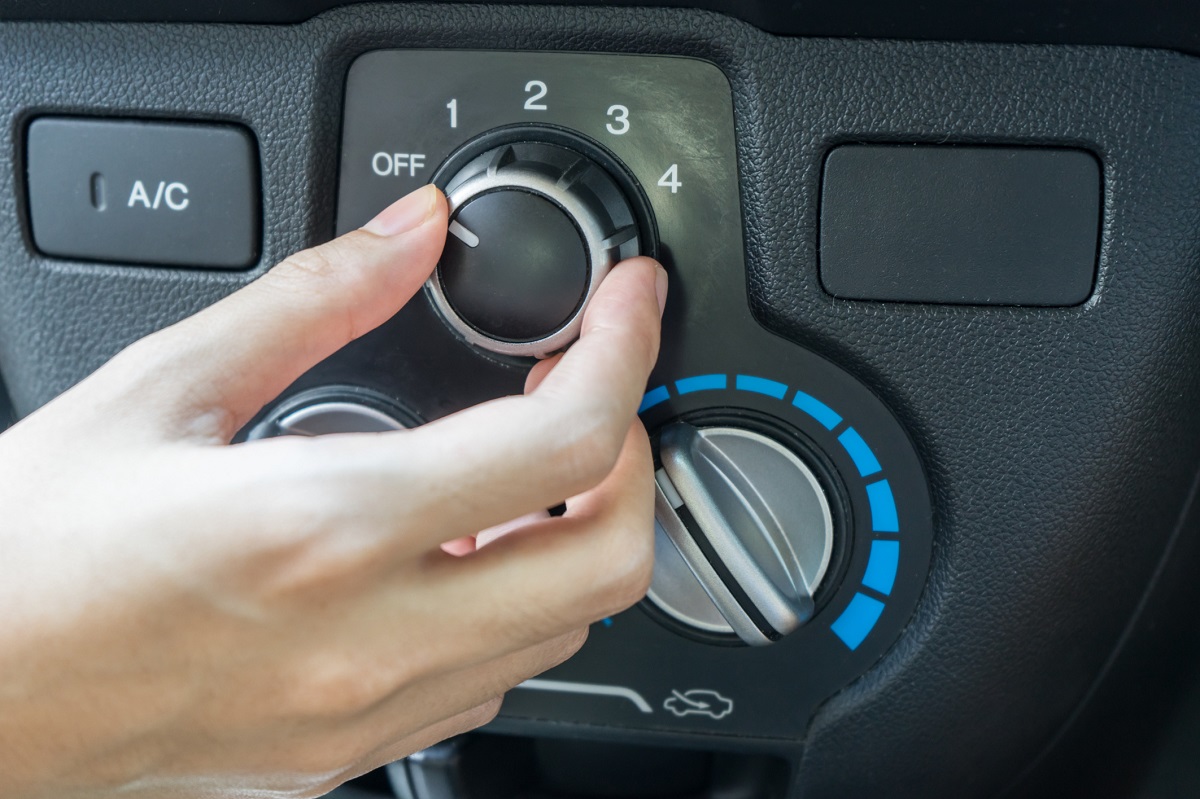
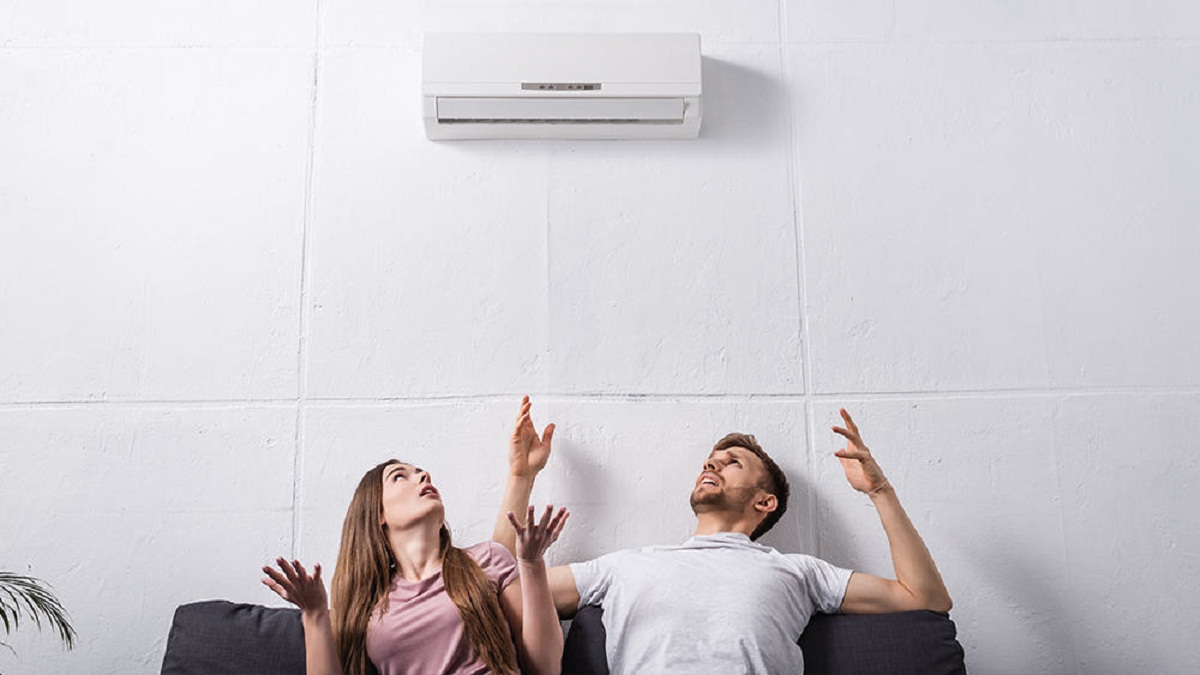
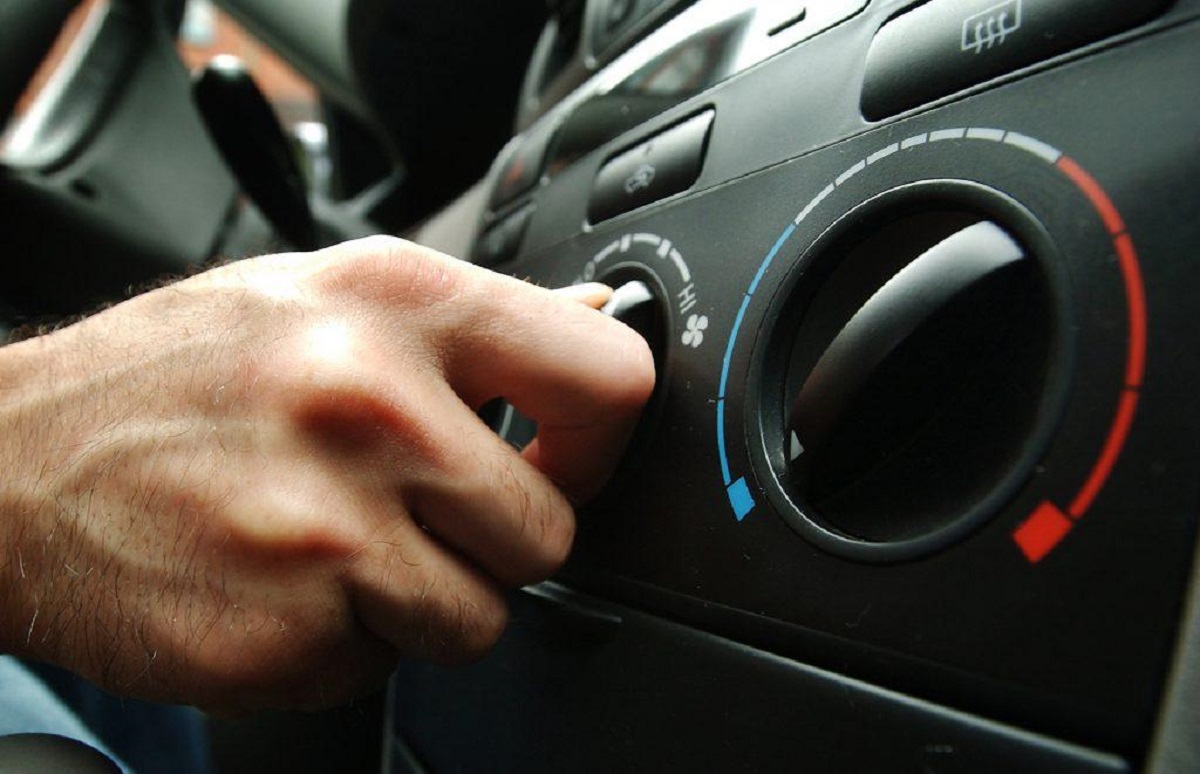

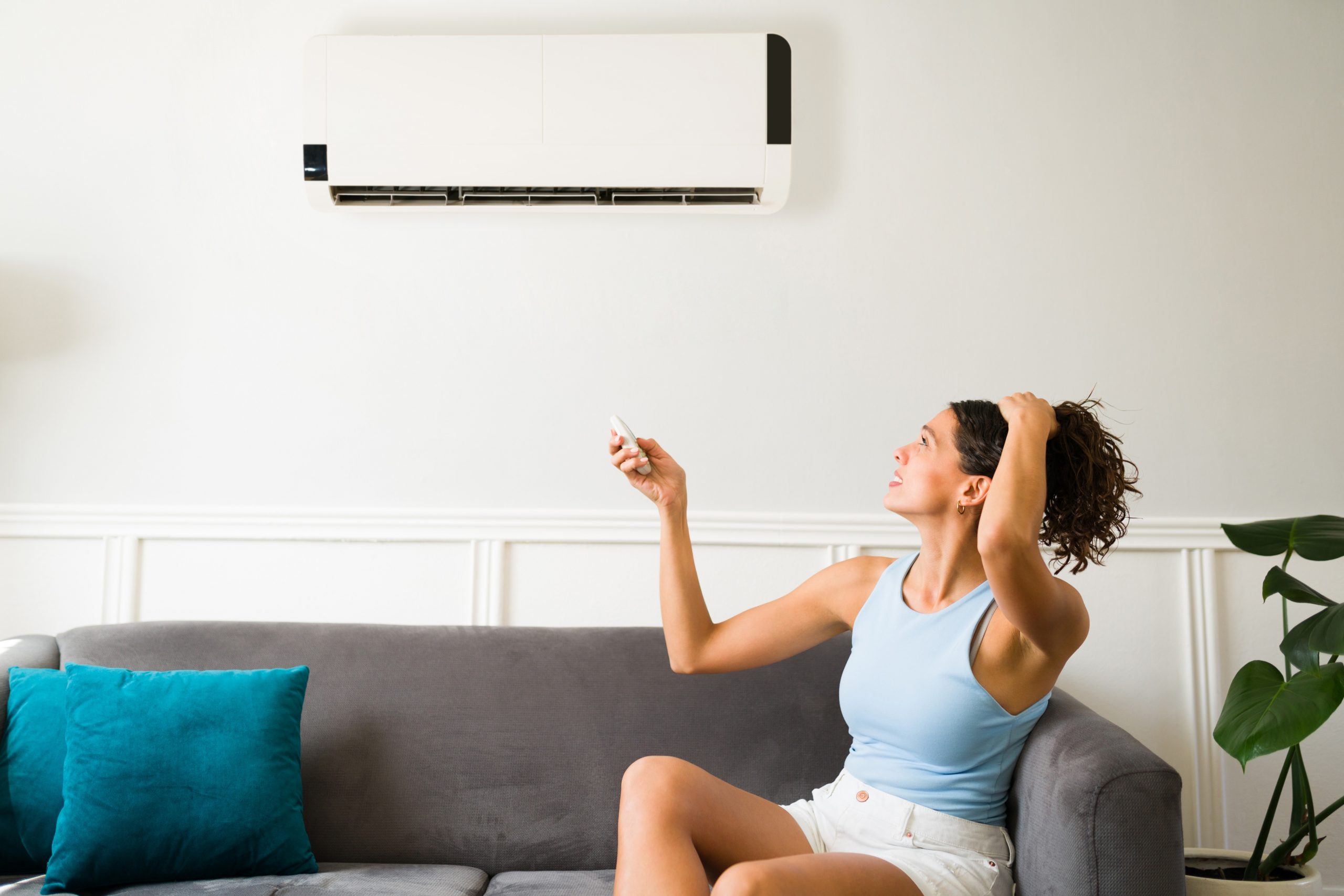
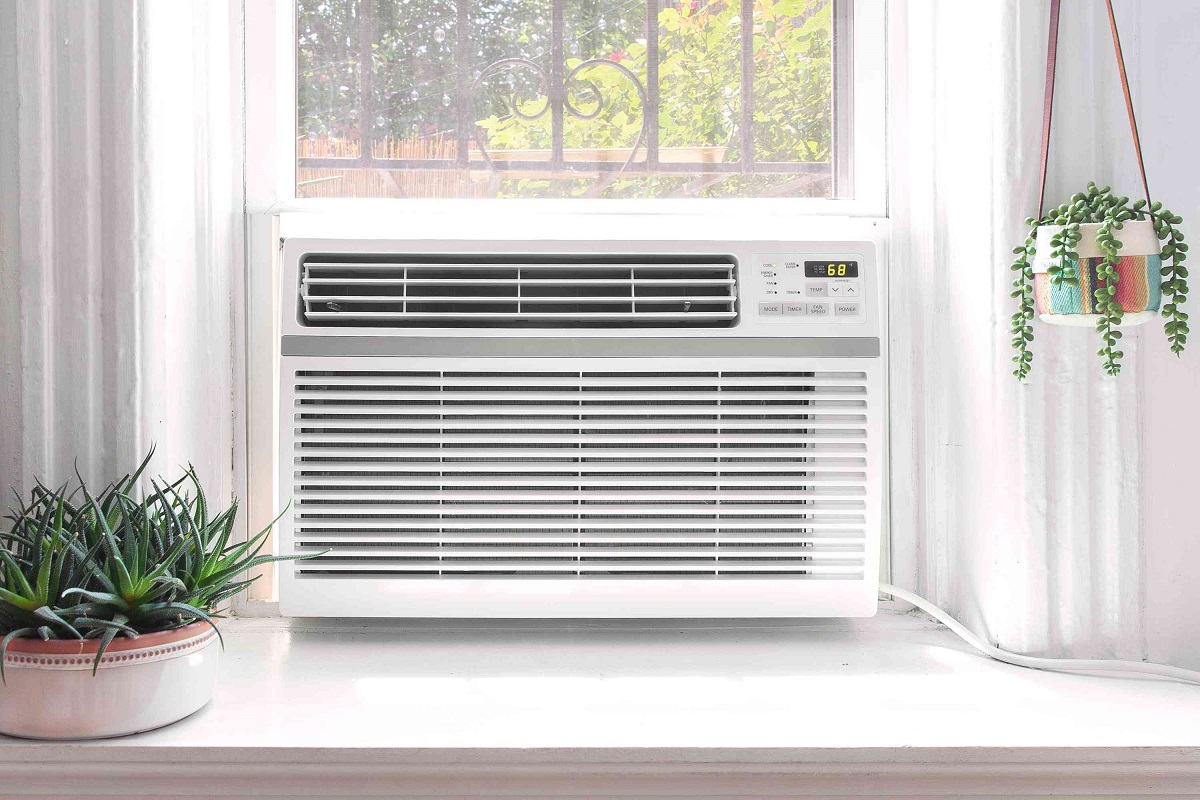
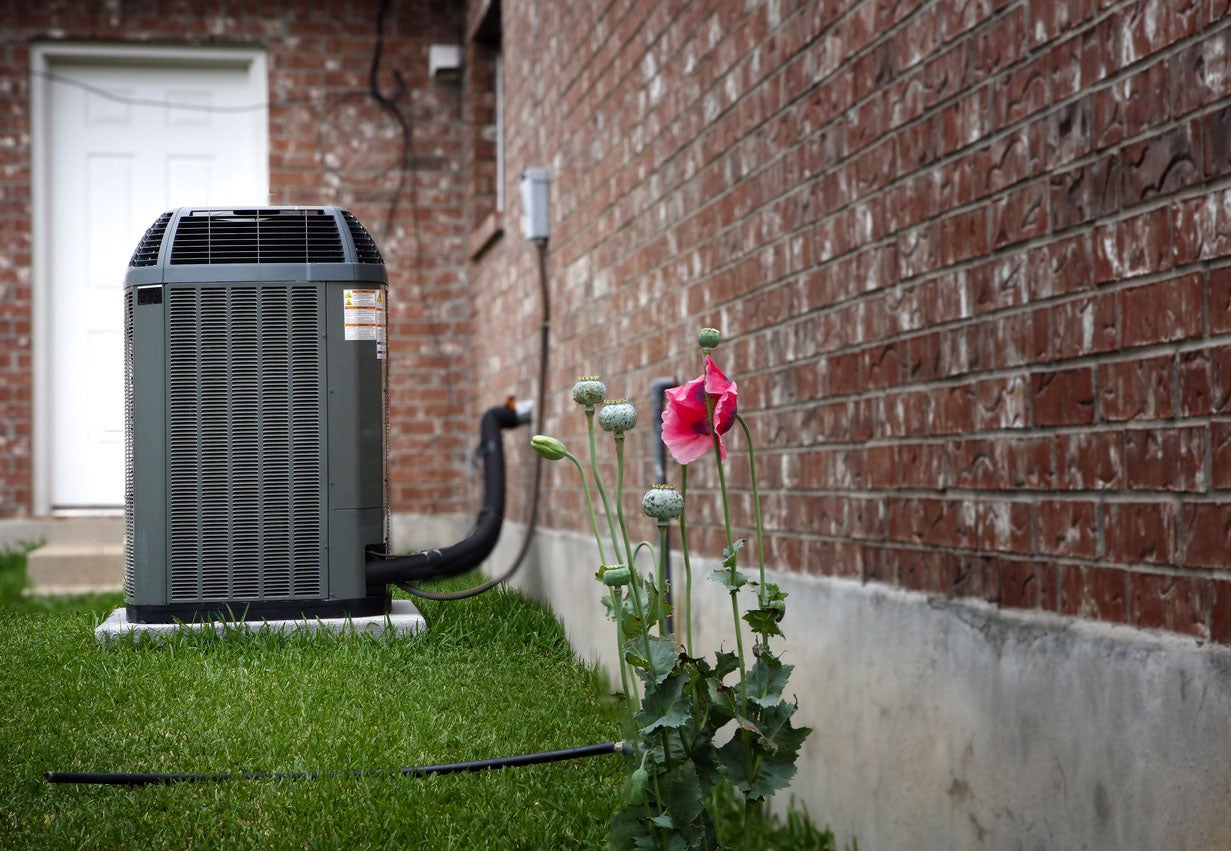
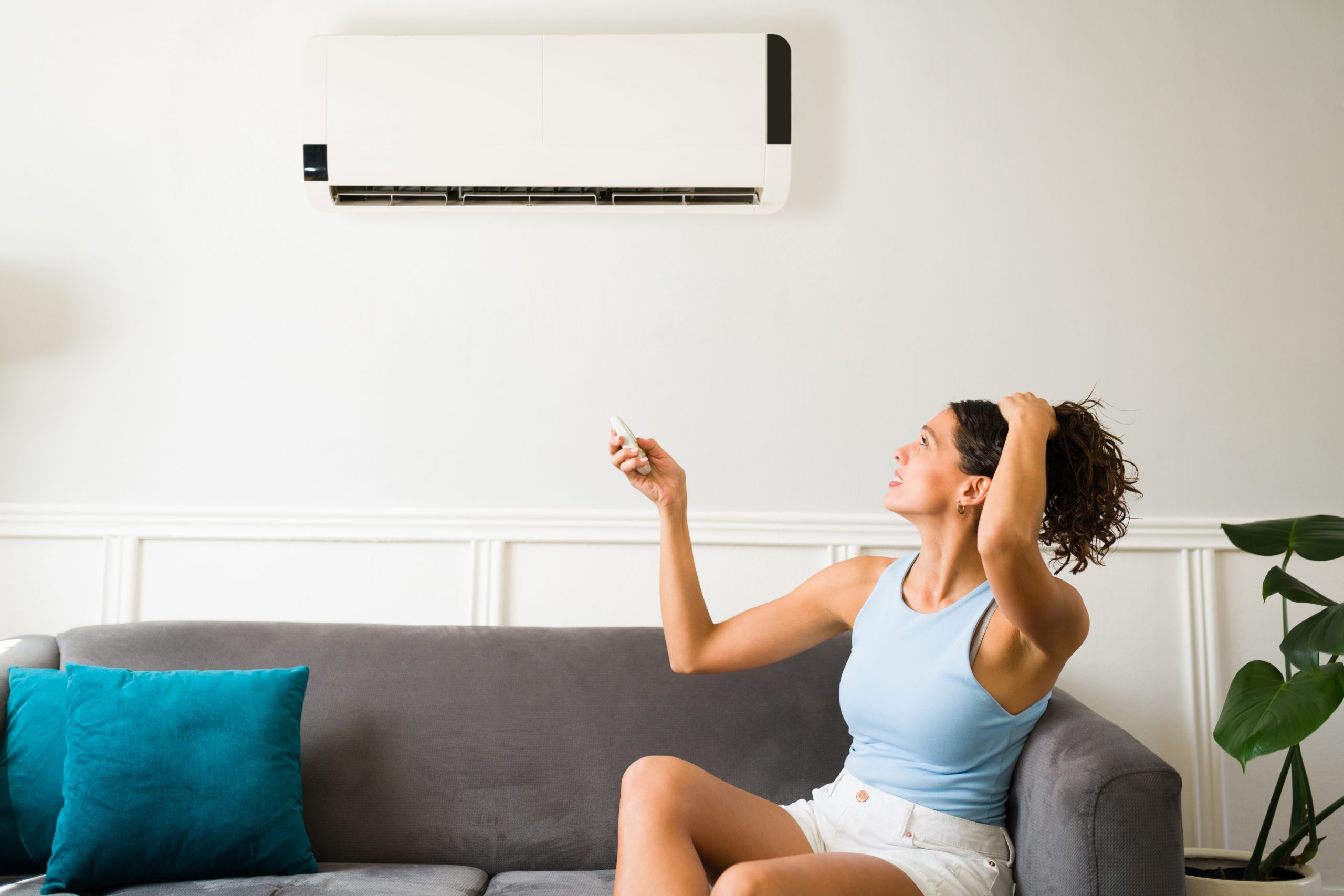

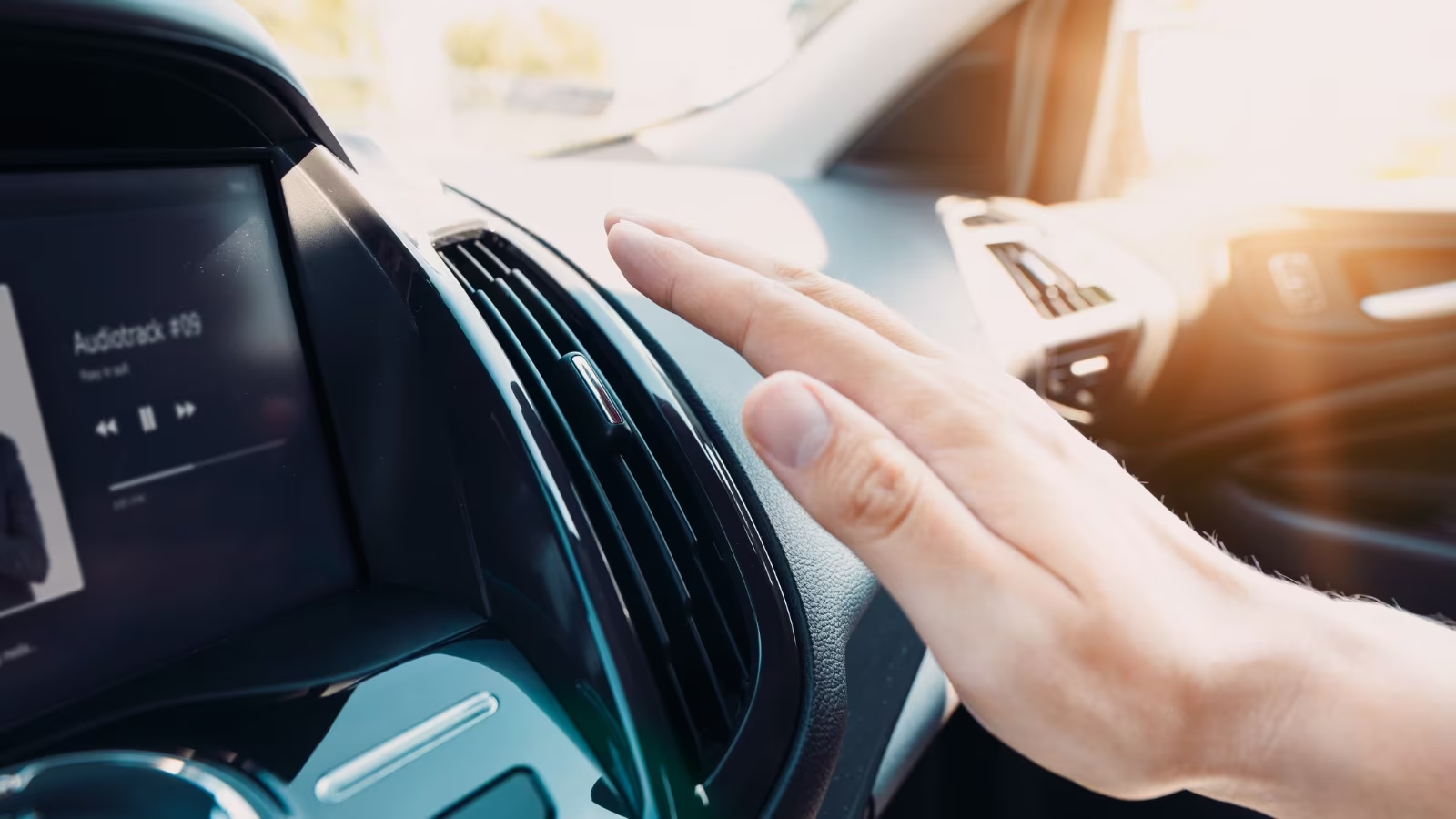
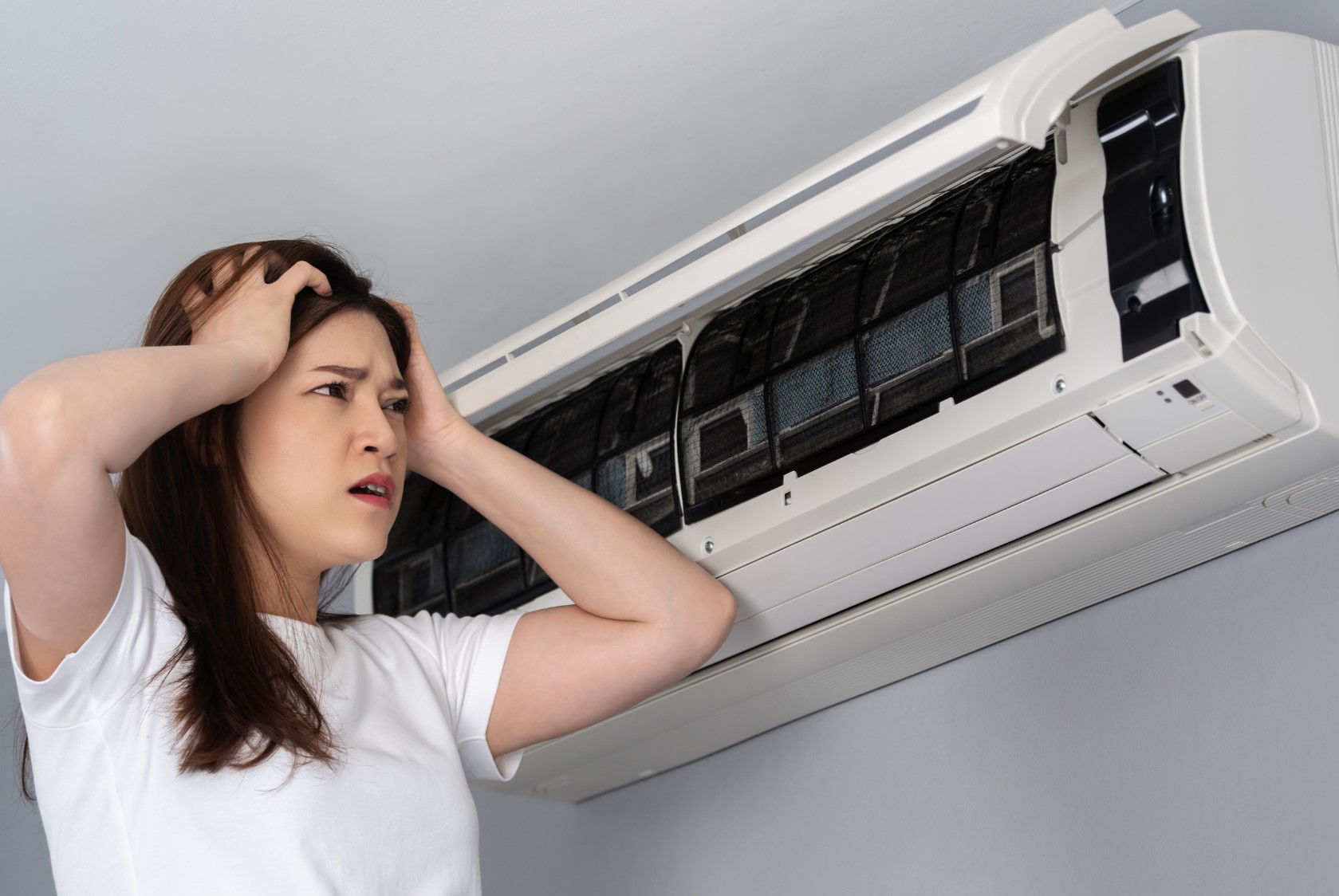
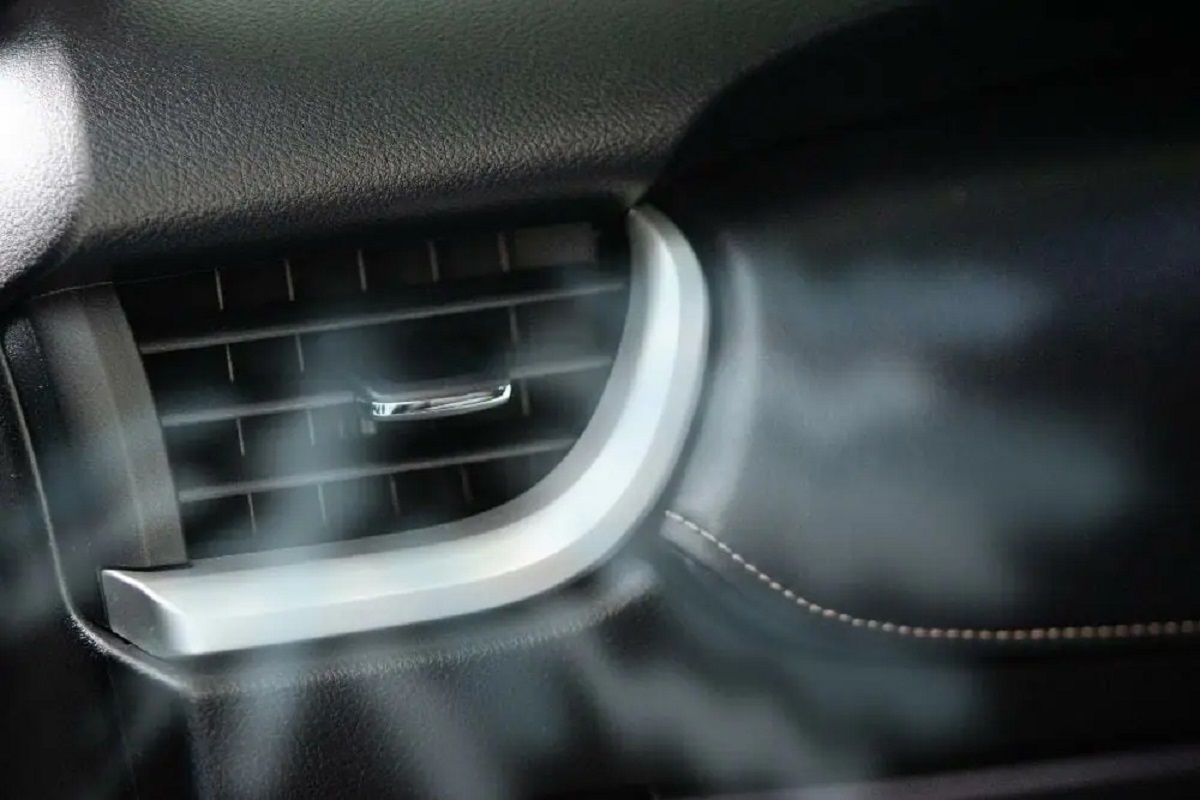


0 thoughts on “Why Is My AC In My Car Blowing Hot Air”